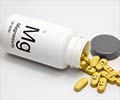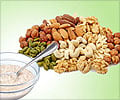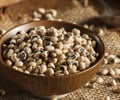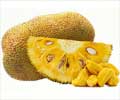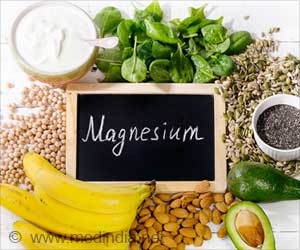- Magnesium in diet - (http://www.nlm.nih.gov/medlineplus/ency/article/002423.htm)
About
Magnesium is an essential mineral required by our body. It plays a primary role in maintaining strong bones and teeth, keeping a healthy immune system, and enables proper functioning of the nerves, muscles and the body’s internal organs as well. Many healthy foods like green vegetables, legumes, nuts and seeds have magnesium content which is important for human health.
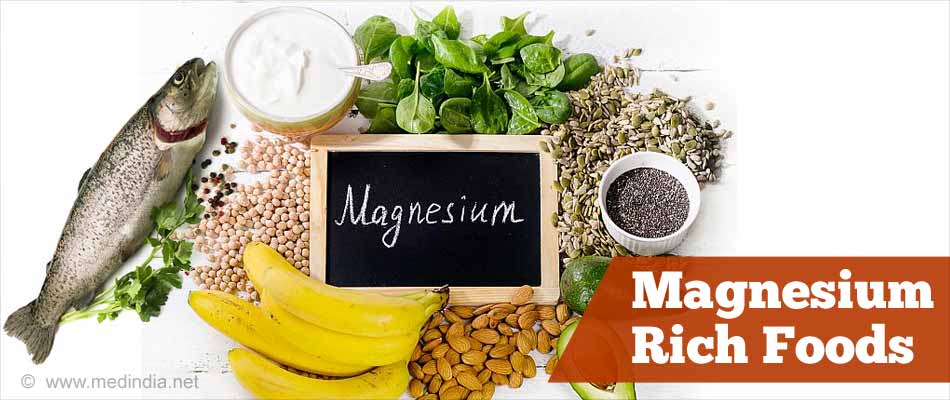
Health problems associated with magnesium deficiency are:
- Muscle spasms
- Cardiovascular disease
- Diabetes
- High blood pressure
- Anxiety disorders
- Migraines
- Osteoporosis
- Cerebral infraction
Though magnesium is essential for the body, be careful with the amount of magnesium you take in, since consuming too much of magnesium can causes diarrhea, nausea abdominal cramping and low blood pressure. Some people may also experience serious side effects such as difficulty in breathing, dryness and swelling of the mouth and skin rashes. In such cases you need to quickly consult a doctor.
Daily requirement of Magnesium
These are the recommended daily requirements of magnesium:
Children
- Birth to 6 months - 30 milligrams
- 7-12 months - 75
- 1 - 3 years - 80 milligrams
- 4 - 8 years : 130 milligrams
- 9 - 13 years : 240 milligrams
- 14 - 18 years (boys): 410 milligrams
- 14 - 18 years (girls): 360 milligrams
- Adult females: 310 - 320 milligrams
- Pregnant women: 350 - 400 milligrams
- Breastfeeding women: 310 - 360 milligrams
- Adult males: 400 - 420 milligrams
1. Magnesium in Dark Leafy Greens
| Dark Leafy Greens | Serving size | Magnesium in 100g DV |
| Raw spinach | 1 cup raw | 20% |
| Swiss Chard | 1 cup raw | 38% |
| Kale | 1 cup raw | 19% |
Green leafy vegetables are a rich source of vitamins and minerals, and have disease-fighting phytochemicals. They are rich in fiber, which helps lowering cholesterol level and blood pressure. Green leafy vegetables also contain a lot of water, which helps keep your body stay hydrated and also contribute to beautiful skin and hair.

2. Magnesium in Nuts and Seeds
| Nuts and seeds | Serving size | Magnesium in DV |
| Squash and pumpkin seeds | 1/2 cup | 152% |
| Sesame seeds | 1/2 cup | 63% |
| Brazil nuts | 1/2 cup | 63% |
| Almonds | 1/2 cup | 48% |
| Cashews | 1/2 cup | 44% |
| Pine nuts | 1/2 cup | 43% |
| Mixed nuts | 1/2 cup | 39% |
| Peanuts | 1/2 cup | 31% |
| Walnuts | 1/2 cup | 16% |
Nuts and seeds are healthy foods that come in small packages and packed with heart healthy fats, proteins, vitamins and minerals. For instance, pumpkin seeds and squash seeds are a great source of vitamin E, copper, antioxidants and magnesium. These dry seeds are packed full of goodness and are considered extremely nutrient-rich food. Apart from these two, there are other nuts and seeds that are high in magnesium like sesame, brazil nuts, almonds, cashew, pine nuts, mixed nuts, peanuts, pecans and walnuts.
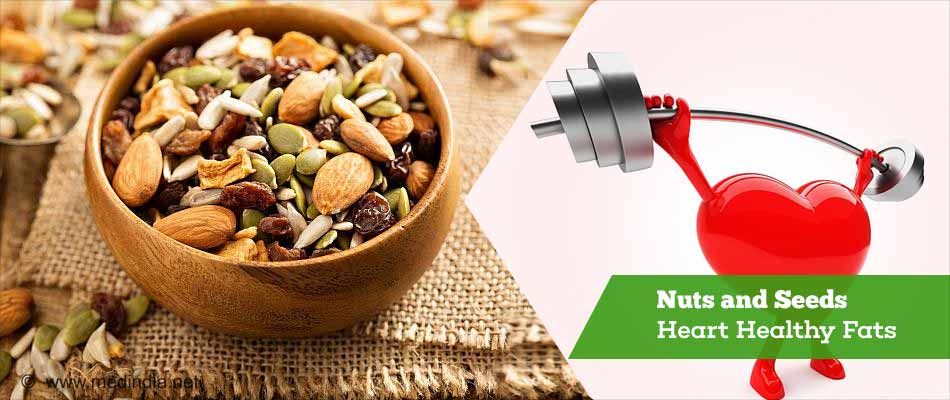
3. Magnesium in Fish
| Fish | Serving size | Magnesium in DV |
| Mackerel | 85g | 21% |
| Pollock | 85g | 18% |
| Turbot | 85g | 14% |
| Tuna | 85g | 14% |
| Other fish | 85g | 8% |
Want to have a healthy diet? Include at least two portions of fish every week in your diet. Fish are a good source of many vitamins and minerals such as mackerel, which is a highly recommended oily fish for av healthy diet. It contains essential oils, vitamins and minerals like magnesium, iron, calcium, phosphorous, potassium, sodium and selenium. The fish also contains protein and the antioxidant Coenzyme Q10,that helps improve cellular health and reduce the risk of some cancers. The fish has several other health benefits. Other fish varieties include Pollock, tuna and turbot that are high in magnesium.
For a healthier choice, try to eat a wide variety of fish every week, and go for grilled, steam or baked fish rather than fried fish. Regular consumption of fish can reduce the risk of various diseases and disorders.
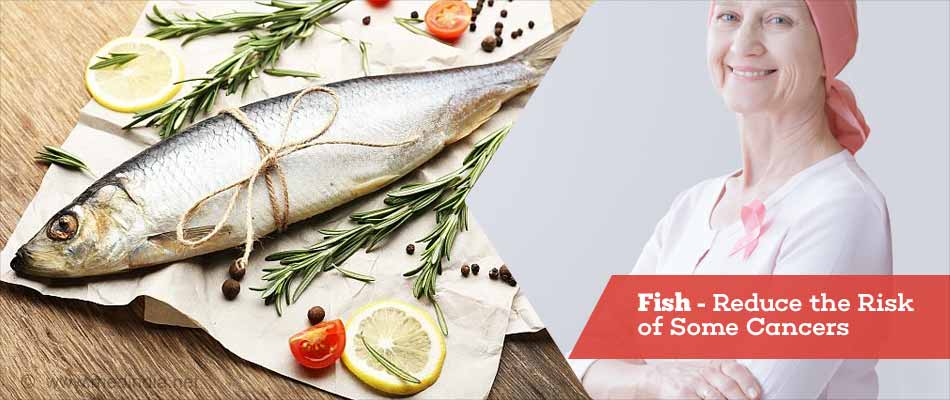
4. Magnesium in Beans and Lentils
| Beans and Lentils | Serving size | Magnesium in DV |
| Soy beans | 1 cup cooked | 148% |
| White beans | 1 cup cooked | 28% |
| French beans | 1 cup cooked | 25% |
| Black-eyed peas | 1 cup cooked | 23% |
| Kidney beans | 1 cup cooked | 21% |
| Chickpeas | 1 cup cooked | 20% |
| Lentils | 1 cup cooked | 18% |
| Pinto beans | 1 cup cooked | 16% |
Soybeans are another excellent source of food that have essential nutrients like, proteins, magnesium, calcium, fatty acid, iron etc. It aids in protecting the heart against oxidation, lowering cholesterol level and protects the body from clutches of heart disease. There are three kinds of soybeans, known as edamame, fresh mature soybeans and dried soybeans. These beans have innumerable benefits that promote your health and fitness. Other types of beans like white beans, French beans, black-eyed paws, kidney beans, chickpeas, lentils and pinto beans are rich sources of magnesium, which provide essential health benefits.
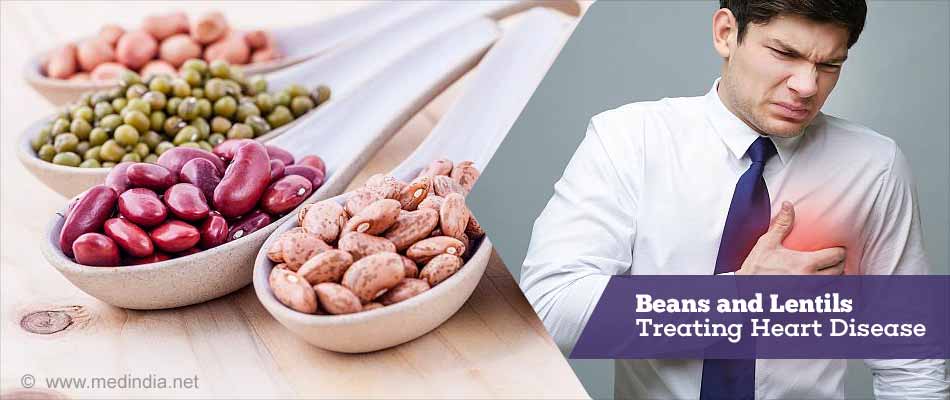
5. Magnesium in Whole Grains
| Whole Grains | Serving size | Magnesium in DV |
| Brown rice | 1 cup cooked | 21% |
| Quinoa | 1 cup cooked | 30% |
| Millet | 1 cup cooked | 19% |
| Bulgur | 1 cup cooked | 15% |
| Buckwheat | 1 cup cooked | 13% |
| Wild rice | 1 cup cooked | 13% |
| Barley | 1 cup cooked | 9% |
| Oats | 1 cup cooked | 7% |
Brown rice is a healthy food rich in fiber that contains nutrients like vitamins and minerals. Brown rice takes a longer time to cook and has a different taste. But apart from this it has several health benefits, such as decreasing the risk of colon cancer, diabetes, heart disease, high cholesterol and stroke. It can reduce the frequency of asthma attacks and offer relief to migraine sufferers. Brown rice is known to protect pre-menopausal women against breast cancer and lower the risk of cardiovascular diseases. Other grains for good health include Quinoa, millet, bulgur, buckwheat, wild rice, barley and oats that are high in magnesium content.
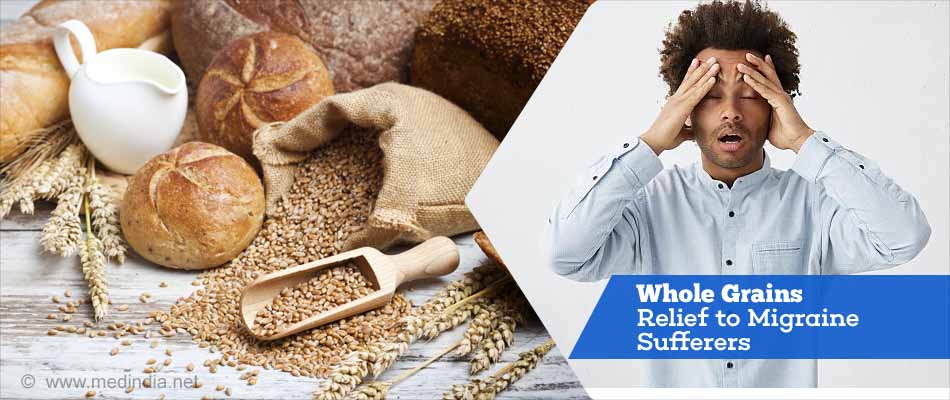
6. Magnesium in Fruits
| Fruits | Serving size | Magnesium in DV |
| Avocados | 1 Avocado | 15% |
| Bananas | 1 cup of slices | 10% |
Avocados are known as the world’s most perfect food for their many health benefits. The fruit is a high fiber, sodium and cholesterol-free food that provides nearly 20 essentials nutrients, including fiber, vitamin, omega-3 fatty acids as well as potassium. Research shows avocado has nutrients that can help in prevention and control of Alzheimer’s, heart disease, cancer, diabetes and other health conditions.
Bananas are naturally fat-free and cholesterol-free nutritious food. The fruit contains nutrients like vitamins and minerals, and is loaded with potassium content that helps in controlling high blood pressure. The vitamin content in bananas will help boost your immune system. Bananas can be eaten in their whole form, sliced into fruit salad or mashed and added to muffins or bread. Bananas are easy to digest, and in case of stomach upset, it is the best food to consume and get more nutrients in your system.
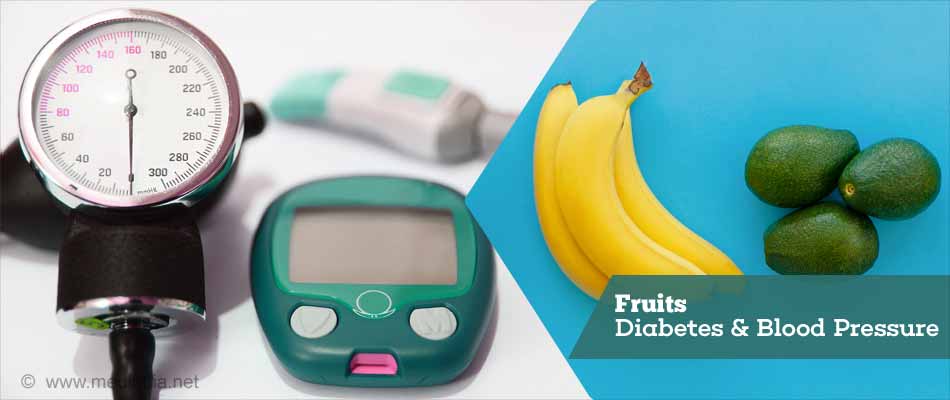
7. Magnesium in Low-Fat Dairy (Plain Non Fat Yogurt)
| Low-Fat Diary | Serving size | Magnesium in DV |
| Plain non-fat yogurt | 100g | 5% |
| Goat cheese | 100g | 14% |
| Non-fat chocolate | 100g | 10% |
| Non-fat mozzarella | 100g | 8% |
Non-fat yogurt is a source of protein that can be used as the basis for meals. It also has vitamins and minerals, including calcium that helps in providing bone building. Yogurt is a perfect recipe for weight-loss if it is served with other healthy foods such as vegetables and fruits, whole grains, beans etc. Yogurt can help in boosting immune function, warding off colds, improving colon health and preventing diarrhea.
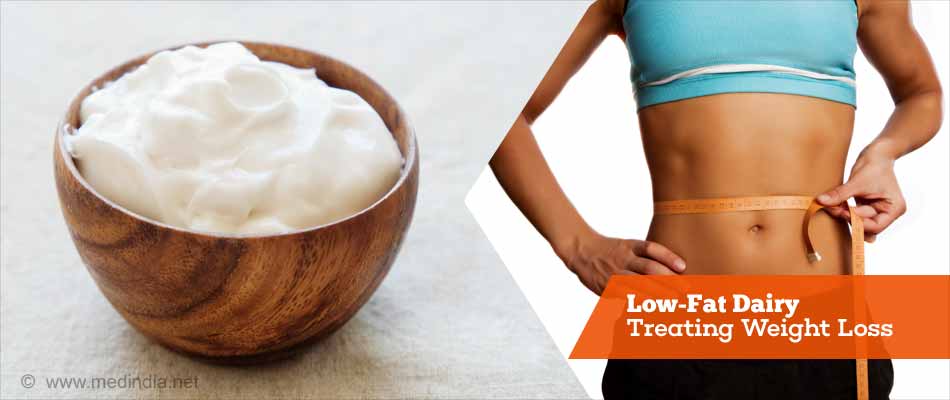
8. Magnesium in Dried Fruits
| Dried Fruits | Serving size | Magnesium in DV |
| Figs | 1/2 cup | 13% |
| Prunes | 1/2 cup | 11% |
| Apricots | 1/2 cup | 10% |
| Dates | 1/2 cup | 8% |
| Raisins | 1/2 cup | 7% |
Dried fruits are sweet, delicious and nutritious. Dried fruits are effective in treating constipation and dried fruits like figs are an excellent source of dietary fiber that is helpful in weight loss and can lower the risk of breast cancer in post menopausal women. Figs also contain different types of antioxidants, which may help to cut risks of cancer, heart disease and visible signs of aging. Other dried fruits that are rich in magnesium content are prunes, apricots, dates and raisins; they also contain a large amount of iron which helps to prevent anemia.
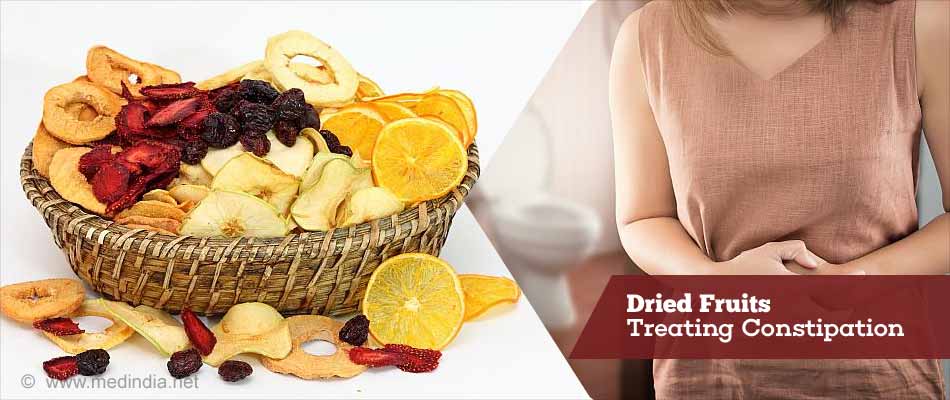
9. Magnesium in Dark Chocolate
| Dark Chocolate | Serving Size | Magnesium in DV |
| Dark Chocolate | 100g | 82% |
Dark chocolate is made from the seed of cocoa tree, and it is loaded with magnesium and a number of other nutrients that can benefit your health. Dark chocolate is good for your heart, it can lower your blood pressure, improve blood flow and prevent the formation of blood clots. It also helps reduce the risk of stroke. Dark chocolate is one of the best sources of antioxidants that help free your body of free radicals, which cause oxidative damage to cells. These free radicals can protect you from many types of cancers and slow the signs of aging.


